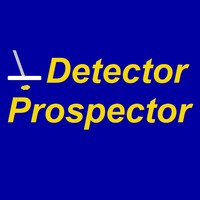Do we know which frequencies the Deus 2 runs in each of its factory-set modes?
The chart at the end of the manual just lists "FMF," so I'm assuming that XP isn't going to give out that information. But has anyone looked into this or tried to figure out which ones each program uses?
I seem to remember someone doing their own investigation of this type with the Nox and writing a blog post about it.
The chart at the end of the manual just lists "FMF," so I'm assuming that XP isn't going to give out that information. But has anyone looked into this or tried to figure out which ones each program uses?
I seem to remember someone doing their own investigation of this type with the Nox and writing a blog post about it.



